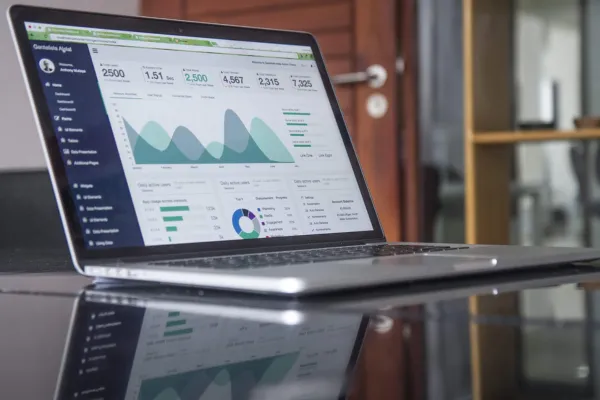
Simple Steps to Creating a Cash Flow Forecast
Simple Steps to Creating a Cash Flow Forecast
Cash flow is the lifeblood of your business. Even profitable businesses can find themselves in difficulty if they don't have enough cash on hand to pay bills, cover payroll, or invest in growth opportunities. This is especially true for service providers who often experience fluctuations in revenue based on client schedules, seasonality, or payment delays. Creating a simple cash flow forecast helps you stay ahead of these ups and downs.
Why Cash Flow Forecasting Is Essential for Service Providers
Service-based businesses typically don’t sell products—they sell time, expertise, and results. That means income can be unpredictable, especially if your clients are on flexible payment terms or you have gaps between contracts. A cash flow forecast gives you visibility into your future income and expenses, so you can make smart decisions like:
Planning when to take on new clients
Knowing when to cut back on spending
Avoiding late payments or overdraft fees
Preparing for seasonal slowdowns
The Role of Bookkeeping in Forecasting
You can’t forecast what you don’t track. Reliable bookkeeping gives you the historical data you need to estimate future cash inflows and outflows. With up-to-date books, you can:
Review your monthly income and expense trends
Identify recurring costs and typical payment cycles
Understand your cash balance at any given time
Bookkeeping creates the foundation for your forecast. Without it, your projections are just guesses.
Steps to Create a Simple Cash Flow Forecast
You don’t need fancy software to start—just a spreadsheet or even paper will work if you’re consistent. Here’s a step-by-step guide:
Start with Your Opening Balance
This is the amount of cash you have on hand right now, including your bank account and any other available funds.
Estimate Incoming Cash
Look at upcoming payments from clients.
Include projected income from recurring services, invoices you’ve sent, or sales you expect to close.
Be realistic about when that money will actually arrive, not just when it’s billed.
List Outgoing Cash
Include rent, software subscriptions, contractor payments, marketing, taxes, etc.
Don’t forget occasional expenses like quarterly taxes or annual renewals.
Calculate Net Cash Flow
Subtract your total expenses from your total income each week or month.
Add this to your opening balance to see your projected ending balance.
Update Regularly
Revisit and revise your forecast weekly or monthly based on real activity.
Use your bookkeeping system to pull updated numbers.
Final Thoughts
Forecasting cash flow doesn’t have to be complicated. With accurate bookkeeping and a little planning, you can stay on top of your finances and avoid unexpected cash crunches. For service-based business owners, this is crucial—your income may be flexible, but your expenses are fixed. A cash flow forecast gives you the clarity to plan ahead and grow with confidence.
Need help organizing your books or setting up a forecast? Contact us today to learn how we can help your business thrive!



